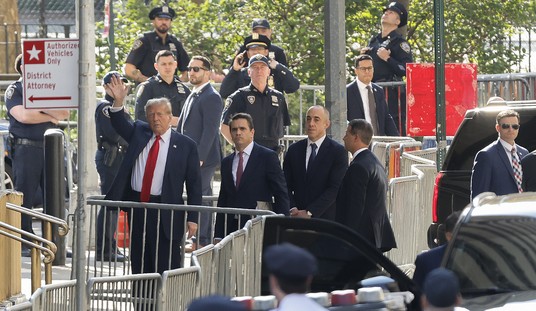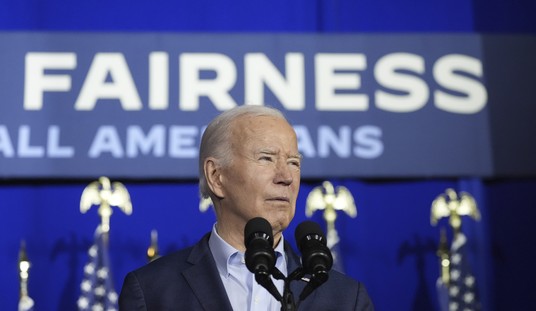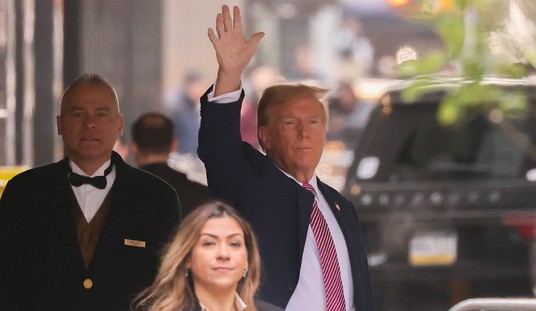And that’s without the wind chill. The bottom line: this is very dangerous cold where exposed skin can experience frost bite in 15 minutes.
The latest GFSx MOS temperature forecast is now -8 deg. F for game time in Green Bay on Sunday evening for the playoff game between the Packers and the 49ers. This is getting awfully close to the record coldest NFL game temperature of -13 deg. F, set Dec. 31, 1967 at Lambeau Field during “The Ice Bowl”, the NFL Championship game between the Packers and Dallas Cowboys.
The 2nd coldest game was Jan. 10, 1982 at Riverfront Stadium during the AFC Championship game between Cincinnati Bengals and San Diego Chargers, at -9 deg. F, so Sundays game might take the #2 spot. The top 10 coldest NFL games are listed here. Makes my hands hurt just thinking about it.
Other games on Saturday and Sunday won’t be nearly as cold. On Saturday, the Indianapolis vs. Kansas City game will be in the Lucas Oil domed stadium; the Philadelphia vs. New Orleans game in Philly will be played in a relatively balmy 29 degrees; and the Sunday contest between Sand Diego and Cincinnati in Cincy will see temps in the mid-30’s.
Should the NFL go through with the game? The problem is, it’s going to be just as cold for the next few days in Green Bay and if the NFL tried to reschedule for mid-week, it would give an unfair competitive advantage to either Green Bay or the 49ers opponent next week. It takes the behemoths of the NFL at least 4 days to recover from the intense combat of a pro football game (see controversey over Thursday Night Football), and even then, it is generally acknowledged that the quality of play suffers due to lack of preparation and battered and bruised players.
Besides, the NFL has no policy about how cold a game can get before they cancel it:
Football routinely is played in the elements. Except when the elements endanger life and limb.
But when it comes to whether the weather will be so cold that it’s too cold from a safety standpoint, the NFL has no predetermined temperature reading that would postpone a game.
“We don’t have a number, no,” NFL spokesman Brian McCarthy tells PFT via email.
It’s a bit surprising that the league hasn’t worked with experts to identify a temperature at which it automatically becomes unsafe to be outdoors for extended periods of time. That’s likely because the league has never had to do it.
After Sunday’s game at Green Bay, the NFL may have to do it.
[…]
Players and officials will be exposed to those conditions for roughly 90 minutes in the first half of the game, along with another 90 minutes in the second half – even more if there’s overtime. And while fans can, in theory, exit the seating area and look for a warmer spot in the stadium, how warm will any spot in the stadium be, other than the restrooms?
Of course, fans can choose to leave early or not come at all. Players, officials, stadium workers, and others who are employed to be there have no real choice. (The players and the officials are represented by unions, which at some point have a duty to intervene on behalf of their constituents.)
For all parties involved, there are few viable options. The NFL could play the game on Saturday, when the temperature will spike to a balmy 25 during the day. That would entail possibly moving one of the Saturday playoff games to Sunday, or playing three on Saturday, with the Green Bay game perhaps landing in the currently vacant 1:00 p.m. ET time slot. Alternative, the NFL could flip the order of the games on Sunday, with 49ers-Packers kicking off (and in turn ending) well before the wind chill warning kicks in at 6:00 p.m. local time.
Moving the game to Monday definitely won’t work. That day, the projected high temperature is 14 below.
None of those scenarios is likely to pan out. Green Bay fans pride themselves on their heartiness and ability to endure, and despite recent accusations of the “wussification” of the NFL, with ever increasing rules against hard hits and “protecting the quarterback,” there really will be no alternative but to go on with the game as scheduled.
It probably won’t get as cold as was described in Jack London’s excellent short story, “To Build a Fire,” where the author’s protaganist braved the frigid Yukon to make a trip that ordinarily would take him less than a day:
He was a newcomer in the land, a chechaquo, and this was his first winter. The trouble with him was that he was without imagination. He was quick and alert in the things of life, but only in the things, and not in the significances. Fifty degrees below zero meant eighty-odd degrees of frost. Such fact impressed him as being cold and uncomfortable, and that was all. It did not lead him to meditate upon his frailty as a creature of temperature, and upon man’s frailty in general, able only to live within certain narrow limits of heat and cold; and from there on it did not lead him to the conjectural field of immortality and man’s place in the universe. Fifty degrees below zero stood for a bite of frost that hurt and that must be guarded against by the use of mittens, ear-flaps, warm moccasins, and thick socks. Fifty degrees below zero was to him just precisely fifty degrees below zero. That there should be anything more to it than that was a thought that never entered his head.
As he turned to go on, he spat speculatively. There was a sharp, explosive crackle that startled him. He spat again. And again, in the air, before it could fall to the snow, the spittle crackled. He knew that at fifty below spittle crackled on the snow, but this spittle had crackled in the air. Undoubtedly it was colder than fifty below-how much colder he did not know. But the temperature did not matter. He was bound for the old claim on the left fork of Henderson Creek, where the boys were already.
Now that’s cold.









Join the conversation as a VIP Member